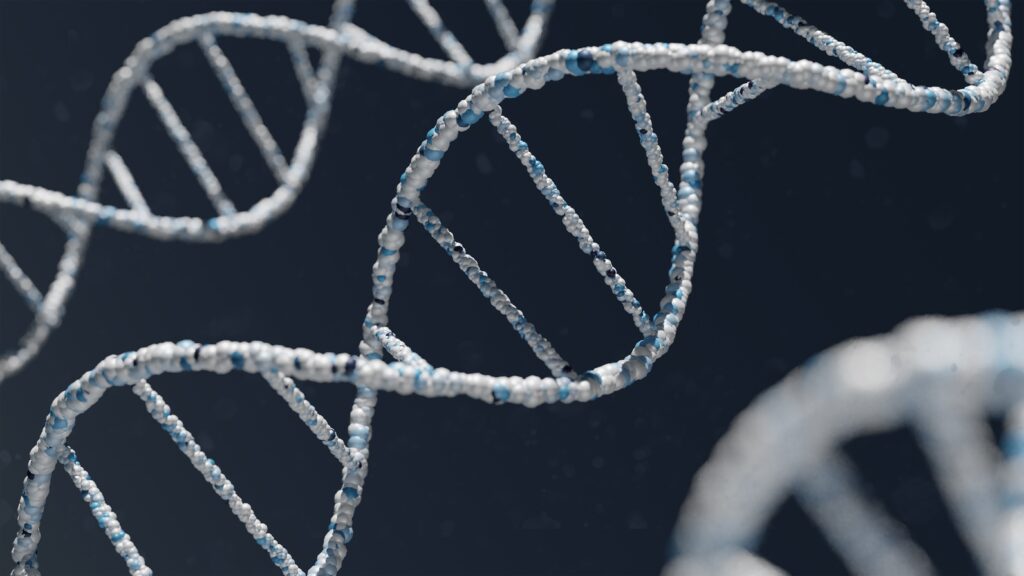In the intricate world of genetics, understanding the language of genes and DNA can often feel like navigating a complex alphabet soup. The genetic code, the fundamental blueprint of life, is encoded in the sequence of nucleotides that make up DNA. Join us on a journey to demystify this genetic alphabet soup, making sense of the intricate language that shapes the essence of every living organism.
Cracking the Code: The ABCs of DNA
DNA (deoxyribonucleic acid), a double-helix structure resembling a twisted ladder, is at the heart of the genetic alphabet soup. Each rung of this ladder comprises pairs of nucleotides, forming a unique sequence that serves as the genetic code. The four nucleotides—adenine (A), thymine (T), cytosine (C), and guanine (G)—create the language that carries the instructions for the development and functioning of all living organisms.
Genes, specific segments within the DNA, act as functional units, carrying the instructions for synthesizing proteins or RNA molecules. The human genome, a vast library of genetic information, consists of approximately 20,000 to 25,000 genes, each contributing to the diversity and complexity of life.

The Dance of Molecules: Transcription and Translation
We must unravel the intricate dance of molecules involved in protein synthesis to decipher the genetic alphabet soup. This process occurs in two main stages: transcription and translation.
- Transcription: DNA unwinds within the cell’s nucleus, and an enzyme called RNA polymerase reads the genetic code. This code is transcribed into messenger RNA (mRNA), a complementary RNA molecule that serves as a messenger to carry the genetic instructions.
- Translation: The mRNA travels to the cell’s cytoplasm, where ribosomes read its sequence in sets of three nucleotides called codons. Each codon corresponds to a specific amino acid, the building blocks of proteins. Transfer RNA (tRNA) molecules bring the corresponding amino acids to the ribosomes, facilitating the construction of a protein chain.
This orchestrated dance ensures that the genetic code is accurately translated into functional proteins, each with a specific role in the cell’s structure and function.
Genetic Variability: The Ingredients of Alphabet Soup
The genetic alphabet soup is further enriched by the presence of different versions of genes, known as alleles. Alleles contribute to the genetic variability observed among individuals, influencing traits that range from physical characteristics to susceptibilities to certain conditions.
Occasionally, changes occur in the DNA sequence, introducing a dash of unpredictability to the soup. These changes, known as mutations, can result from various factors, including environmental influences and errors in DNA replication. While some mutations have no noticeable effect, others can impact protein function and may be associated with genetic disorders or an increased susceptibility to certain conditions.
The Mendelian Kitchen: Inheriting the Recipe
Understanding the principles of inheritance, akin to following a recipe, provides clarity in the genetic kitchen. Gregor Mendel’s laws govern how traits are passed from generation to generation.
- Law of Segregation: Individuals inherit two alleles for a trait, one from each parent. These alleles segregate during the formation of gametes, ensuring that each gamete carries only one allele for each trait.
- Law of Independent Assortment: The alleles for different traits segregate independently during gamete formation, allowing for the inheritance of multiple characteristics simultaneously.
Mastering these laws allows us to predict the likelihood of certain traits within families, offering insights into the genetic recipe passed down through generations.
Environmental Seasoning: Gene-Environment Interaction
The genetic alphabet soup is only complete considering the environmental impact. Gene-environment interaction emphasizes the dynamic relationship between your genetic makeup and environmental factors.
Environmental influences, including nutrition, exposure to toxins, and lifestyle choices, can influence gene expression. This interaction shapes the traits and characteristics that manifest, adding a layer of complexity to the genetic alphabet soup. The emerging field of epigenetics explores changes in gene activity that does not involve alterations to the DNA sequence, highlighting the dynamic interplay between genes and the environment.
Conclusion
In the fascinating realm of genetics, the genetic alphabet soup weaves a story of complexity, diversity, and individuality. DNA, the language of life, encodes the instructions that shape every living organism. Understanding the intricacies of genes, the dance of molecules, and the principles of inheritance allows us to decipher the rich genetic tapestry that makes each unique.
As we make sense of the genetic alphabet soup, we gain a deeper appreciation for the orchestration of life’s symphony. Blending genes, alleles, and environmental influences creates a recipe for the incredible diversity observed in the living world. In unraveling this complex soup, we uncover the profound beauty encoded in the essence of life itself.
